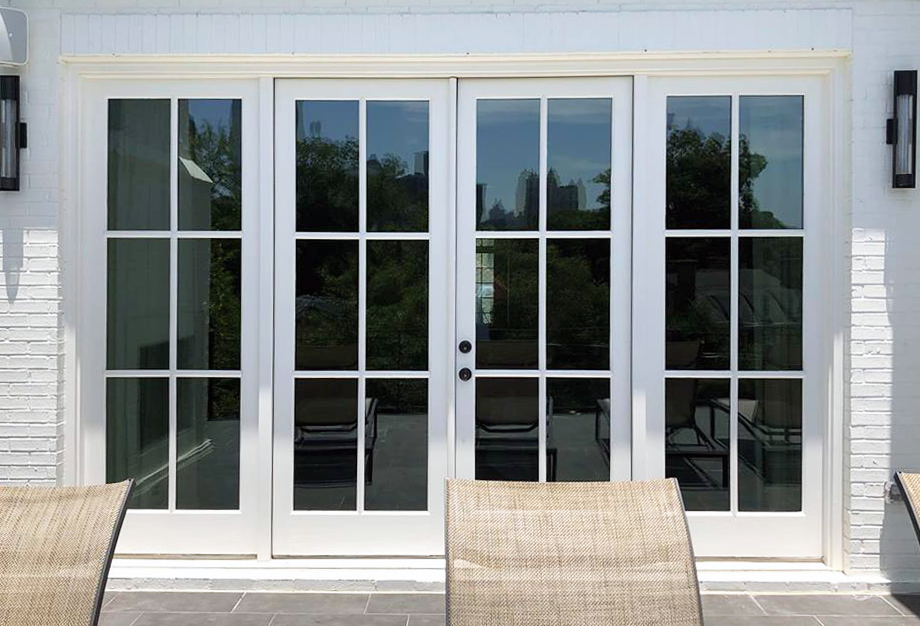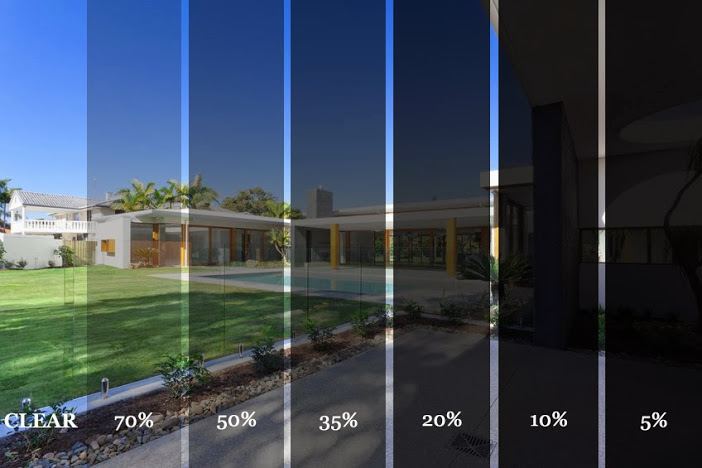Residential Window Tint: Enhance Personal Privacy and Style in your house
Residential Window Tint: Enhance Personal Privacy and Style in your house
Blog Article
Just How Residential Window Tinting Boosts Your Home's Energy Performance
Residential home window tinting offers a compelling service for house owners looking for to enhance energy efficiency within their living spaces. By applying specialized movies to home windows, it efficiently lowers warmth transfer, thereby stabilizing indoor temperatures and decreasing the demand for too much home heating or cooling.
Understanding Window Tinting
Recognizing window tinting is necessary for home owners looking for to boost both convenience and power performance in their living spaces. Residential Window Tint. Home window tinting entails the application of a slim movie to the inside or outside surface area of glass home windows. This film can substantially modulate the amount of sunlight and heat that enters a home, hence affecting interior environment conditions
There are numerous kinds of window tinting movies offered, each with distinct properties. The performance of home window tinting is frequently measured by its Visible Light Transmission (VLT) percent, which indicates how much light can pass through the movie.
Advantages of Energy Efficiency
Window tinting not just improves appearances however likewise plays a significant duty in improving power performance within property spaces. By minimizing heat transfer with windows, tinted movies create an extra stable indoor environment, which can result in substantial reductions in energy intake for cooling and heating. This power effectiveness converts into lower energy bills, supplying home owners with considerable lasting savings.

Furthermore, window tinting boosts the convenience of living areas. By reducing glow and obstructing damaging UV rays, tinted home windows produce a more positive atmosphere, which can result in boosted health for residents. The protection versus UV rays also aids protect furniture and floor covering from fading, adding to the long life of house products.
Just How Tinting Functions
Tinting films run via a mix of sophisticated materials and innovations designed to control the amount of solar power going into a home. Primarily composed of polyester, these movies often include metal or ceramic bits that mirror and take in heat. This twin capability enables them to dramatically reduce the infiltration of ultraviolet (UV) rays and infrared radiation while allowing noticeable light to travel through.
The effectiveness of window tinting is gauged by its solar warmth gain coefficient (SHGC), which suggests how much solar energy is transferred via the home window. get redirected here Lower SHGC worths are better as they represent higher warmth being rejected. Furthermore, window tints can feature a selection of shades, allowing house owners to personalize their visual preferences while improving power efficiency.
Additionally, these films act as a barrier, protecting against warm loss during colder months by mirroring indoor heat back right into the space. This thermal insulation result complements the air conditioning advantages acquired throughout warmer months, adding to a well balanced interior environment year-round. By taking care of solar power efficiently, residential window tinting not only boosts convenience however additionally plays a crucial role in reducing energy consumption and reducing utility bills.
Selecting the Right Tint

There are numerous kinds of home window films readily available, consisting of colored, metalized, and ceramic. Ceramic movies give outstanding warm control without jeopardizing exposure and are extremely long lasting, making them a preferred selection.
Noticeable light transmission (VLT) is another essential element, as it shows the quantity of all-natural light that can go through the tinted glass. House owners need to choose a tint with a VLT that enhances their illumination preferences while still offering adequate glare decrease.
In addition, examining the solar warm gain coefficient (SHGC) can assist figure out how well click here for more info a tint can obstruct heat from sunlight. A lower SHGC shows better warm control, eventually enhancing energy efficiency.
Installation and Maintenance Tips
Proper installment and maintenance are important parts in maximizing the advantages of property home window tinting. Specialists also use specialized techniques and tools, which can improve the longevity and performance of the color.
Following installation, maintenance is essential to extend the life of the window movie. It is advised to wait at least 30 days prior to cleaning up the tinted home windows to permit the sticky to cure fully.
Dealing with these problems without delay can prevent further damages and maintain power efficiency. By adhering to these installation and maintenance tips, property owners can guarantee their home window tinting proceeds to supply significant energy savings and convenience for years to come.
Verdict
Finally, domestic home window tinting offers as a reliable option for improving energy effectiveness within homes. By reducing warm transfer and blocking dangerous UV rays, home window films contribute to lower energy usage and like this improved indoor comfort. The choice of ideal tinting products, in addition to correct installation and upkeep, additionally makes the most of these benefits. Eventually, window tinting stands for a sustainable financial investment that not just reduces energy expenses yet likewise advertises a comfortable living setting throughout the year.
Window tinting involves the application of a thin movie to the inside or exterior surface of glass windows. By reducing heat transfer with home windows, colored films create a much more stable indoor environment, which can lead to considerable decreases in power consumption for heating and cooling.The performance of home window tinting is gauged by its solar heat gain coefficient (SHGC), which suggests exactly how much solar power is sent via the window. By managing solar energy successfully, property home window tinting not just boosts comfort but also plays an important function in minimizing power intake and decreasing energy costs.
By reducing heat transfer and blocking hazardous UV rays, window films contribute to reduce power usage and enhanced interior convenience.
Report this page